Soybean Checkoff Research
Conservation
Research Projects
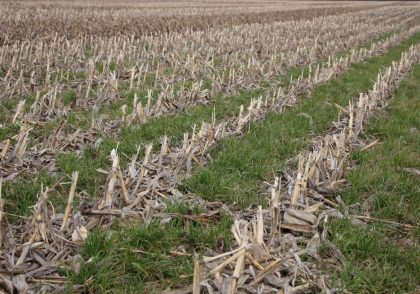
Cover crop funding now available to all Ohio producers
“Cover crops provide producers with a flexible conservation tool to address multiple natural resource concerns including water quality, soil health and carbon sequestration.” – John Wilson, NRCS Ohio State Conservationist
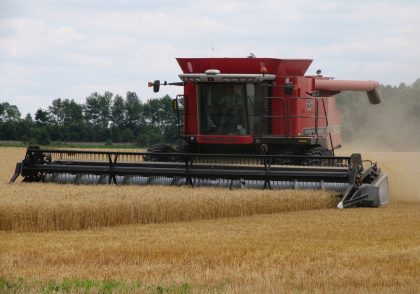
Options of what to plant after wheat…double crop beans or cover crops.
With high soybean prices, many farmers may want to plant soybeans, but hot and/or dry weather may reduce the chances for a profitable soybean crop.
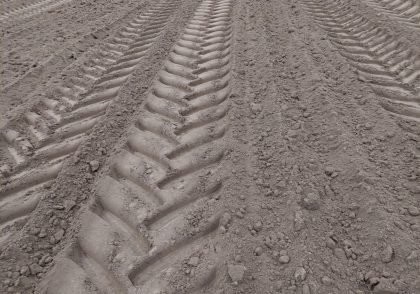
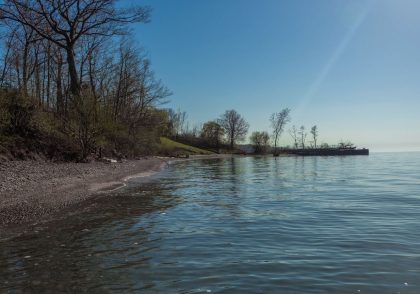
Reducing Harmful Algal Blooms
New research shows that merely reducing phosphorus loadings in Lake Erie will not solve the HAB problem.
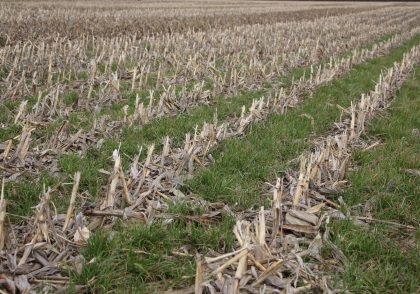
Terminating Cover Crops
Cover crops are commonly terminated with herbicides. Crimper crop rollers can terminate cover crops naturally, reducing herbicide application.
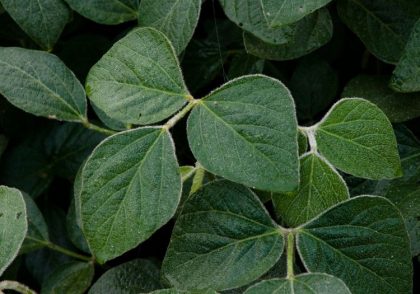
High Management and High Yielding Soybeans in Washington County
“There are a lot of tools we can use to get the nutrients into the crop.” – Jonah Neill, Washington County Farmer
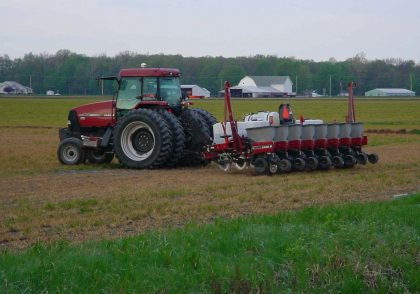
First Time No-tillers
In tilled fields, poor soil structure and soil compaction are major issues. This creates a major problem for famers switching to no-till.
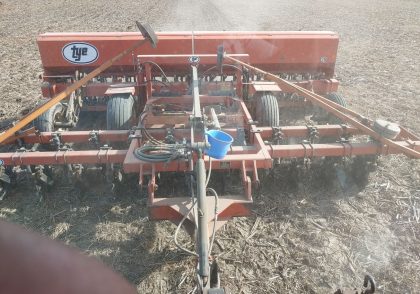
Planting Date and Crop Yields
Mudding crops in can be a disaster if it gets dry. Shallow rooted crops in compacted soils often result in poor crop stands and low yields.
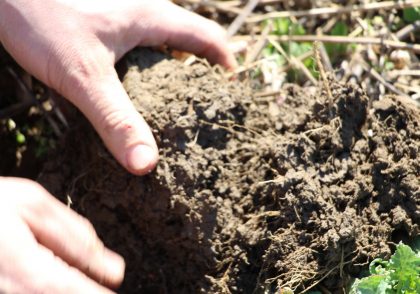
Breaking Down Crop Residue
Excessively wet soil conditions favor bacteria that thrive in low oxygen, and slows down crop residue digestion. Particle size plays a critical role in getting residue to decompose rapidly.